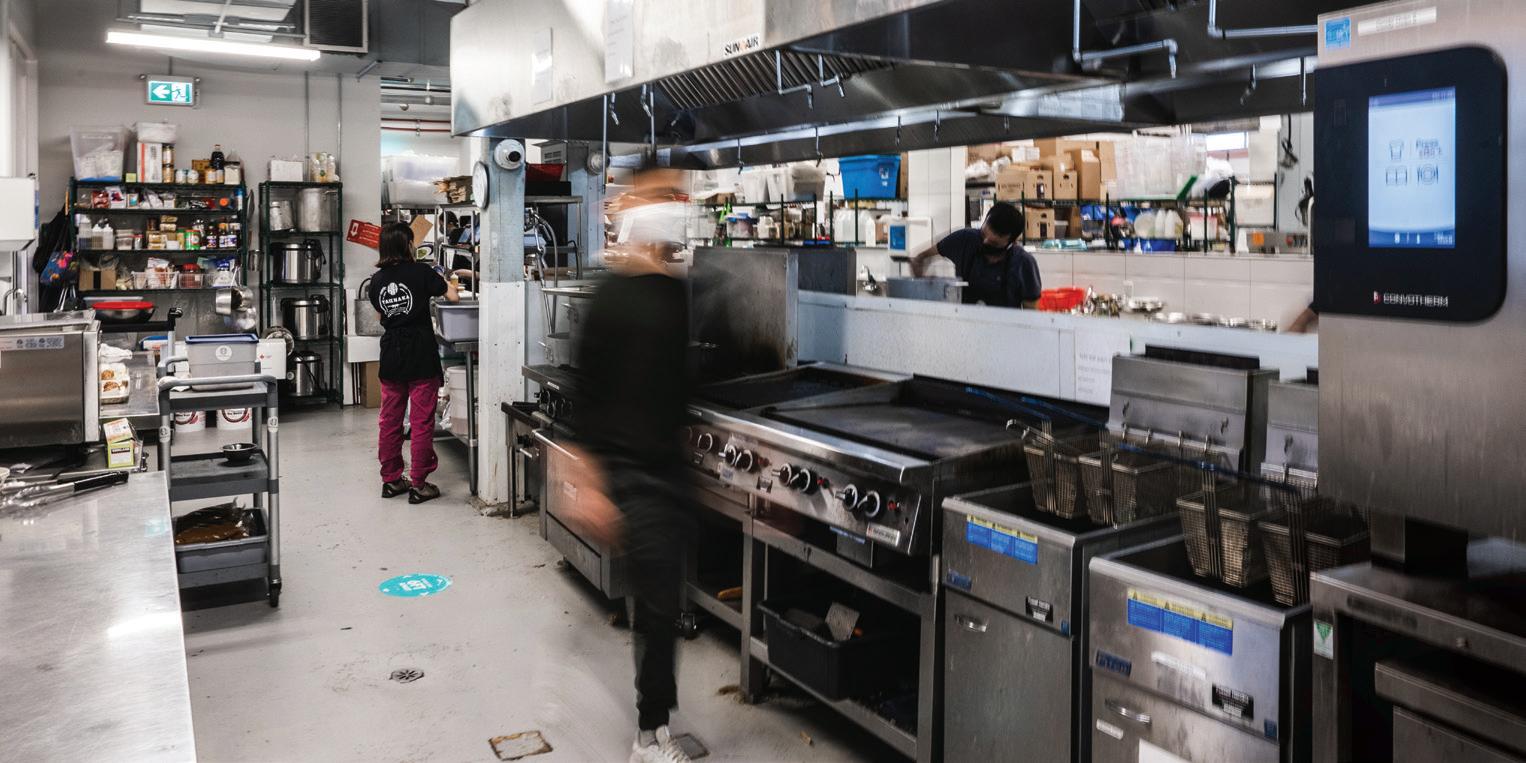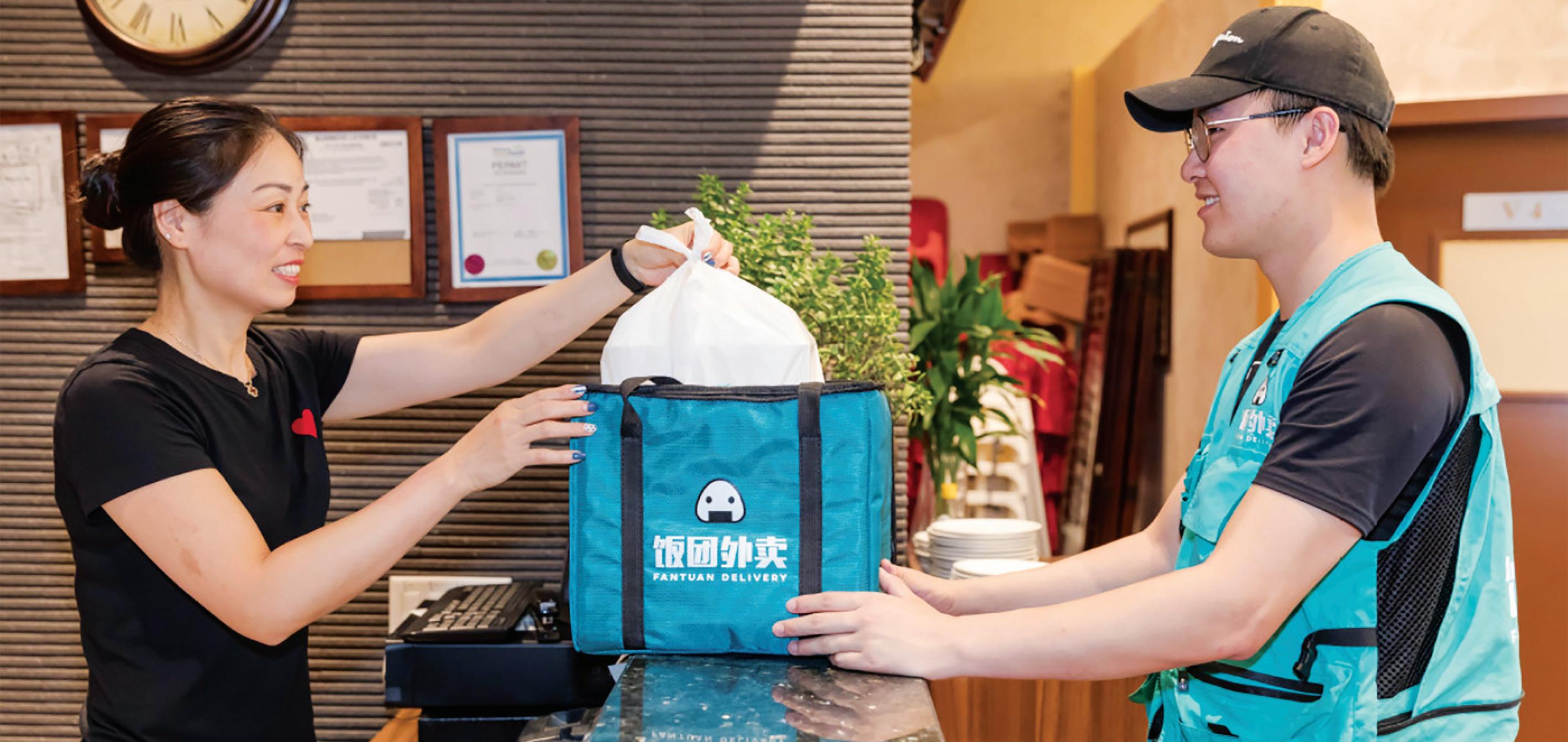
6 minute read
ADDRESS UNKNOWN
from Unspoken Magazine
by cmns490
you have turned your back on what the true thing is.”
That true thing is what has municipalities at odds with graffiti artists. According to a Global BC report in October 2021, since the start of the COVID-19 pandemic Vancouver has seen a 70-percent rise in nuisance graffiti reports. The city has also doled out $500,000 in grants to help local businesses paint over graffiti. While many business owners are calling for stricter enforcement, other companies provide space for graffiti artists to paint. One of these locations is on a West Pender Street lot in East Vancouver rented by the Overdose Prevention Society. In August 2021, they unveiled a 12-story mural featuring the work of over 37 graffiti artists.
Advertisement
Mehow describes his style of tagging as “bold and legible,” which he says is easier to do nowadays: the paint has improved and doesn’t run out as quickly. However, he does understand the risks each time he heads out: his hobby has resulted in a five-week jail sentence for tagging the side of a train. “You’re looking over your shoulder. It’s like you’re robbing a bank thinking, ‘Is it now? Is somebody going to pop their head up now?’” he says. “Then when you see it during the day, there is a sense of accomplishment and you think, ‘I did that.’”
That adrenaline rush is what keeps the artists painting. While the city has stopped cracking down on locations like Leeside Skatepark, Mehow doesn’t think lawmakers will make graffiti fully legal anytime soon. “There’s always going to be a kid that takes it too far and tries to set a new boundary.” That could lead to a business getting tagged, drawing the ire of the owners. So for now, it’s about keeping a head on a swivel for these artists in search of their next blank canvas. ■
Ghost kitchens provide an opportunity for creative culinary experiences while keeping up with the fast-paced delivery trend.
BY BROOKELYN TRUONG
It’s been a difficult period for restaurants, but it’s also been a time of innovation: a new food service industry has exploded in popularity. Ghost kitchens, food trucks and Instagram- and Facebook-based independent caterers are all at the vanguard of a burgeoning new food service business.
Ghost kitchens, sometimes known as virtual restaurants, are culinary facilities that don’t have a dine-in experience and only offer takeout or delivery. Food is often prepared in a shared space known as a commissary kitchen, lowering overhead costs. One kitchen can prepare a variety of menus and cuisines with a small workforce and low rent.
Evan Elman is the co-owner of the Vancouver-based ghost kitchen Urban Tadka. He prepares his northern Indian curries out of Coho Commissary, a space utilized by numerous other food-preparation businesses. None of the companies working out of Coho are caught in a long-term lease, and the shared space means that rent is considerably lower than it would be for a dedicated restaurant. Ashton Philips runs Salty’s Lobster Shack food truck in Metro Vancouver,
A small corner of and notes that food trucks have also
Coho Commissary seen an uptick in business during this kitchen, as chefs are time. “About five years ago, it began preparing food to trend that quick service to-go was for customers. moving up 18 percent,” says Ashton Philips, “while sit-down dining was trending down by 25 to 30 percent from previous years.” During the global pandemic, meal-delivery apps like Uber Eats, DoorDash and SkipTheDishes exploded in popularity in a short period of time. But the takeout and delivery trend is more than just a pandemic-era fad. Elman notes that online food delivery had been on the rise long before the COVID-19 pandemic struck. And according to Euromonitor, the Internet meal delivery and ghost kitchen industry could be worth $1 trillion by 2030 worldwide if stayat-home work and schooling become regarded as a viable, ongoing alternative. While a common critique of ghost kitchens and delivery-only food services is that they have the potential to empty a neighbourhood of valuable restaurant experiences, Elman thinks differently “Kitchens like this can actually provide a variety of different cultures in the neighbourhood,” he says. “Why not think of it as a new way to diversify the area?” ■
ON THE FRINGE
Stan Wang deliers for Fantuan, a leading Chinese food-delivery service, at all hours of the day.

Up, App and Away
Nightly deliveries may pose problems for one local driver, but the meals still reach their hungry customers. BY SAWYER WAN
It’s 10:30 a.m. on a warm Sunday morning, and Stan Wang has been up for hours. He’s about to buzz around the city as a food delivery driver.
He might be delivering a single cup of milk tea from Richmond to Langley or a five-course feast to a penthouse in downtown Vancouver. During his daily 12-hour shifts, he’ll bring brunch to the hungover masses or a single Slurpee to a guy in slippers. But if there’s one question that he always gets, it’s this: Just how much do you make as a driver?
“Actually, it depends on people’s mood,” Wang says with a smile. On average, he’ll make $15 to $20 an hour including tips, he says, but it’s higher if he’s having a good day for tips. Of course, that doesn’t account for taxes, gas, parking fees, car insurance, car maintenance—or any tickets for parking violations, speeding or running red lights.
Of the four major food delivery companies in Vancouver, Wang delivers for two: SkipTheDishes, the world’s largest English food delivery company, and Fantuan, a Chinese food delivery platform. He can deliver two to four orders in about an hour, and the delivery company calculates his pay based on the distance—but tips are up to the customer. Tipping for food delivery is generally between 10 and 15 percent, though on a bad-weather day, customers may give more. And other times, it isn’t always clear what brings the big tips. His largest tip ever—$30—came from an order from iDen & Quan Ju De Beijing Duck House. But there are just as many instances where he came up empty-handed after driving long distances or delivering to a luxe penthouse in the Trump hotel.
While Wang finds that delivering food is very straightforward, there can still be issues. He once delivered a meal to the wrong door, but as soon as he realized his error, he turned back immediately and apologized repeatedly. Nevertheless, the customer was furious. “The package was sealed, not opened, and the food inside was still warm,” Wang recalls. Yet the customer refused to accept his apology, shouting at him to put the food in the trash, and gave him a bad review. Wang paid the customer for the meal, and ate the food himself to avoid waste.
Of course, there are great customers, too. “I once received an order for a cup of coffee, and the drink had spilled all over when I arrived,” he says. “The customer told me gently that he understands it happens, but I was literally crying.” As a thank you, Wang returned to the store, bought another coffee and delivered it to the customer’s door. (Since then, Wang has been very, very careful with drink and soup orders.)
While the pandemic has been hard on a lot of businesses, the food delivery industry is booming. And Wang enjoys his role in it. “I feel like a superman in the city, especially during the pandemic, you know?” he says. “There are always people who want a burger in the middle of the night. Even when the world stops, food delivery drivers are still on the way.” ■










